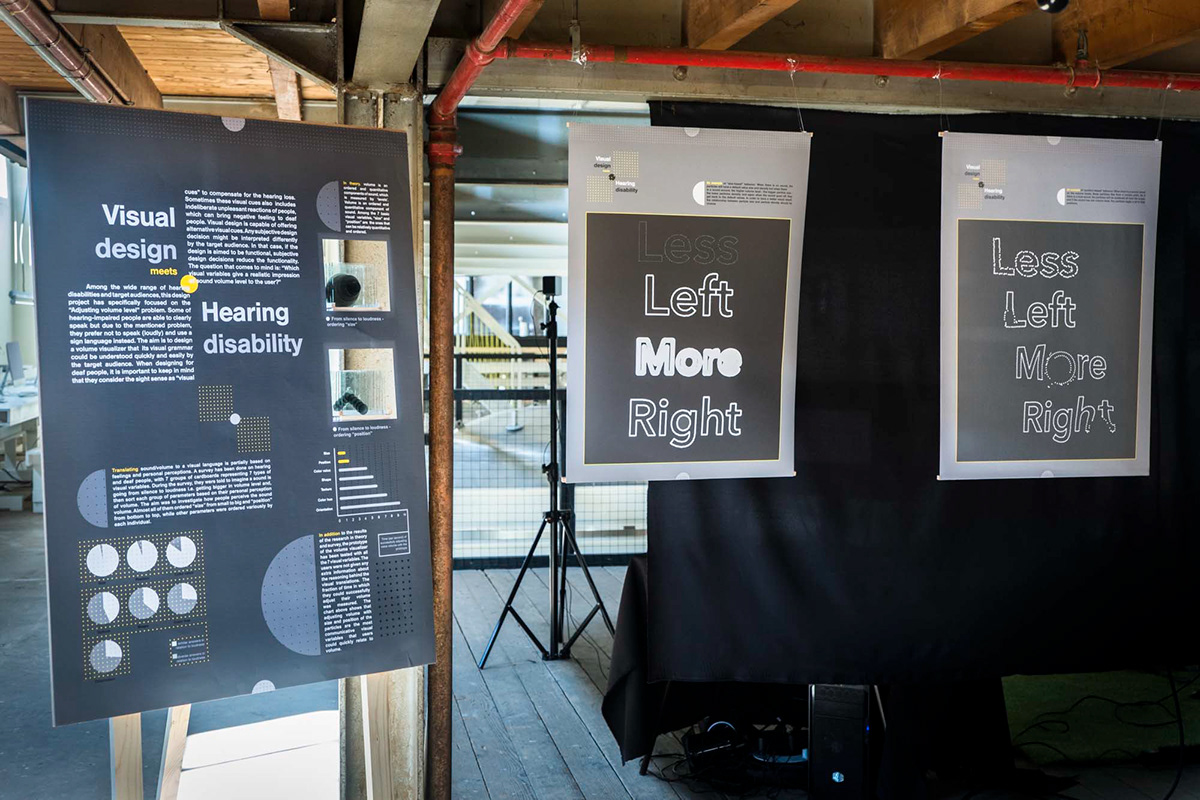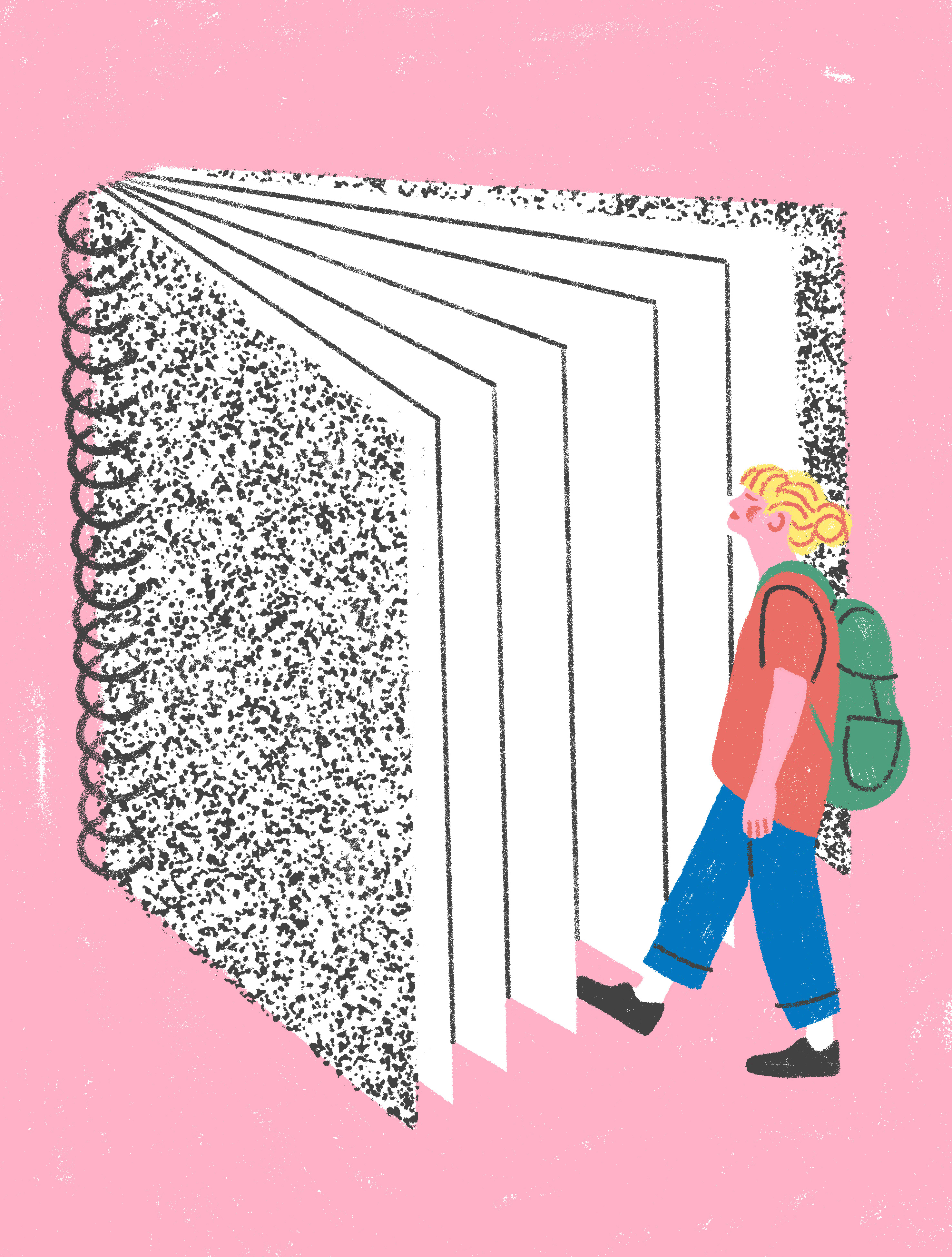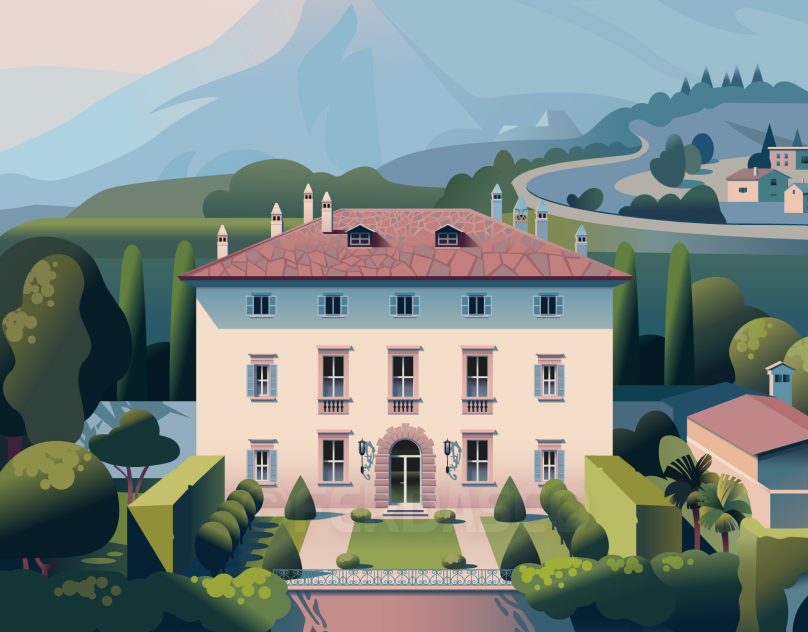
Graphic Design master program AKV|St.Joost , Avans University of applied science, 's-Hertogenbosch, The Netherlands
By designing for accessibility, usability and functionality, visual designers are capable of
shaping part of the environment. In that case, they are responsible to include disability in
design decisions. Disability is not an absolute state that splits us into categories, but it is
a condition which may happen to all of us, permanent or temporary in different period of
times.
shaping part of the environment. In that case, they are responsible to include disability in
design decisions. Disability is not an absolute state that splits us into categories, but it is
a condition which may happen to all of us, permanent or temporary in different period of
times.
Among the wide range of hearing disabilities and target audiences, this design project
has specifically focused on “Adjusting volume level” problem. Some of hearing-impaired
people are able to clearly speak but due to the mentioned problem, they prefer not to
speak(loud) and use sign language instead. The aim is to design a volume visualizer that
its visual grammar could be understood quickly and clearly by the target audience.
When designing for deaf people, it is important to keep in mind that they consider the sight
sense as “visual cues” to compensate for the hearing loss. Sometimes these visual cues
are mixed with unpleasant reactions of other people, which can bring negative feeling to
deaf people. Visual language is capable of offering alternative visual cues. Any subjective
design decisions might be interpreted differently by the target audience. In that case, if
the design is aimed to be functional, subjective design decisions reduce the functionality
of the design. So here there will be a question about “which visual variables give the true
impression about sound volume level for the user?”
sense as “visual cues” to compensate for the hearing loss. Sometimes these visual cues
are mixed with unpleasant reactions of other people, which can bring negative feeling to
deaf people. Visual language is capable of offering alternative visual cues. Any subjective
design decisions might be interpreted differently by the target audience. In that case, if
the design is aimed to be functional, subjective design decisions reduce the functionality
of the design. So here there will be a question about “which visual variables give the true
impression about sound volume level for the user?”
Through different researches in theory and practice with deaf and hearing people, it has
been concluded that “size” and “position” are the well-matched variables to illustrate
volume levels. The outcome is an Online volume visualizer prototype coded in P5
(JavaScript-based programming language) that gives the possibility first to observe the
volume level of environment noise, capture a PNG screenshot of it as “noise reference”
and based on that, adjust the volume of your voice. The prototype has been tested with all
7 visual variables and the results show that “size” and “position” are perceived as volume
levels significantly quicker than other parameters and it gives the desired results for the
target user.
been concluded that “size” and “position” are the well-matched variables to illustrate
volume levels. The outcome is an Online volume visualizer prototype coded in P5
(JavaScript-based programming language) that gives the possibility first to observe the
volume level of environment noise, capture a PNG screenshot of it as “noise reference”
and based on that, adjust the volume of your voice. The prototype has been tested with all
7 visual variables and the results show that “size” and “position” are perceived as volume
levels significantly quicker than other parameters and it gives the desired results for the
target user.

_______________________________________________________________________
Prototyping "size" and "position" from silence to loudness


_______________________________________________________________________
Examples of the volume visualizer that captures the noise of the environment as a reference (the left window) and compares it with your volume voice level (the right window)



Graduation Exhibition show, Werkwarenhuis, 's-Hertogenbosch, The Netherlands

Graduation Exhibition show, Werkwarenhuis, 's-Hertogenbosch, The Netherlands

Graduation Exhibition show, Werkwarenhuis, 's-Hertogenbosch, The Netherlands

Interactive Volume visualizer in the exhibition environment

Interactive Volume visualizer in the exhibition environment

Graduation Exhibition show, Werkwarenhuis, 's-Hertogenbosch, The Netherlands









